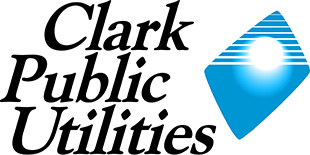
Energy Resources Update
There are several changes on the horizon for Clark Public Utilities (CPU) from a power supply perspective. On October 1, 2025, CPU will switch from BPA’s Slice/Block product to BPA’s Load Following product for the final three years of the current BPA power contract. The key difference between the two products is that Slice/Block customers balance their loads and resources on an hourly basis. When Slice/Block customers have surplus resources, they sell surplus energy in the wholesale market and earn revenues. When Slice/Block customers’ loads exceed their resources, they must purchase power in the wholesale market. BPA serves Load Following customers’ hourly loads in excess of their owned resources. If BPA’s Load Following customers are, as a group, short on energy, BPA purchases power on their behalf in the market. As such, Load Following customers are not directly exposed to fluctuations in wholesale market prices. The vast majority of BPA’s utility customers are Load Following customers (123 out of 133). The switch to the Load Following contract will result in more stable power supply costs.
In addition to finishing out the current BPA power contract as a Load Following customer, in July CPU’s Board of Commissioners voted to continue purchasing power from BPA as a Load Following customer under the next BPA power contract which begins in October 2028 and runs through September 2044. CPU is currently working with BPA on final contract language. CPU’s General Manager, Lena Wittler, will sign the new BPA power contract this December. Under the new contract CPU will purchase near 390 average annual megawatts of power from BPA, a 22 percent increase above the amount of power purchased under the current BPA contract.
On January 1, 2026, CPU will begin receiving all of the output of the Box Canyon hydroelectric project. The Box Canyon project is located in northeastern Washington and is owned by Pend Oreille PUD. Under average water conditions Box Canyon will provide near 43,800 megawatt-hours of energy or enough power to serve over 35,000 households. Box Canyon will assist CPU in meeting the clean energy requirements mandated by the state’s Clean Energy Transformation Act.

Save the Date
Save the Date for the Clark Public Utilities Key Account and Community Leader Summit – mark your calendars for the morning of Wednesday, November 19!
As we look to the coming year, you are invited to join Clark Public Utilities senior staff and subject matter experts for a packed agenda of utility, industry and program updates. Invitations will be coming soon.
Agenda includes power supply planning and financial forecasts, regional resource adequacy and coordination between gas and electric systems, a preview of recently updated Energy Efficiency programs, and a review of Demand Response and Transportation Electrification programs.

New Multifamily EV Charger Programs
In 2025 Clark Public Utilities launched two new multifamily EV charging infrastructure programs, both of which are wholly funded with the revenues earned by selling Washington Clean Fuel Standard Credits.
Our utility recognizes that EV charger projects at multifamily complexes are often much more expensive than projects at single-family homes, and our two new programs were designed to open the door to EV charging in the multifamily sector. The WA Dept. of Ecology has strict rules on how utilities can expend the revenues earned by selling the Clean Fuel Standard credits, and we made sure our new programs complied with those rules while also creating an impactful opportunity for our customers.
- If you own or manage a multifamily complex serving low-income residents you may qualify for the new program that provides an incentive that will cover the first $100,000 of EV charger expenses.
- If you own or manage a multifamily complex that is in a Highly Impacted Community, as defined by the WA Dept. of Health’s Disparity Map, you may qualify for the new program that provides an incentive equal to fifty percent of the EV charger project costs.
To learn more, or confirm eligibility, please contact your Account Manager or Matt Babbitts at [email protected] or (360)992-3365.
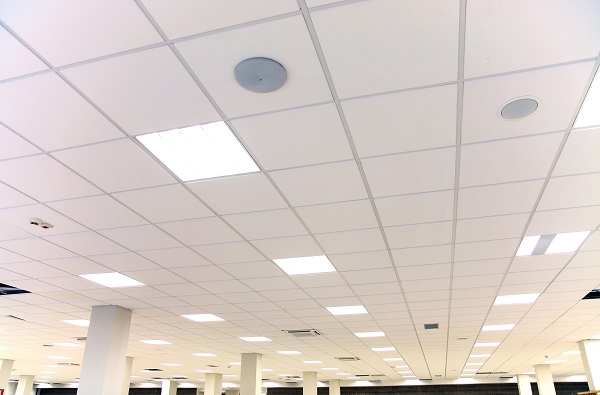
Brighten Up Your Facility with Increased Lighting Incentives
Thinking about upgrading your facility’s lighting? Now’s the perfect time. Starting October 1st, 2025 Clark Public Utilities is offering increased cash incentives to help businesses switch to energy-efficient lighting solutions.
More Money Back on TLEDs Replacing Fluorescent Tubes
- Up to $12 per lamp for Type B or C TLEDs (no ballast or using external drivers)
- Up to $4 per lamp for Type A TLEDs (operating with a ballast)
These incentives make it easier than ever to lower your upfront costs while boosting your energy efficiency.
Go Further with Luminaire Level Lighting Controls
Take your savings to the next level with Luminaire Level Lighting Controls (LLLCs), smart systems that give you greater control, flexibility, and performance. Increased incentives of $50-$150 per fixture are available.
LLLCs are designed for fast setup and can control lighting zones throughout your building with just a few taps on a smartphone, tablet, or computer. They also optimize lighting use, giving you the right light exactly when and where it’s needed—indoors or outdoors. This extends the lifespan of your lighting system and cuts energy consumption, improving ROI and reducing payback time.
Whether you’re planning a small upgrade or a full retrofit, pairing efficient lighting with smart controls delivers the best performance and savings. Ask your contractor or contact us to learn how to qualify for enhanced rebates.
Ready to upgrade?
Reach out to Clark Public Utilities today to explore your options and get started on a brighter, more energy-efficient future.
If you have questions about Luminaire Level Lighting Controls or cash incentives for LED lighting upgrades, please contact Mike Wallace at [email protected] or by phone at 360-992-3135.
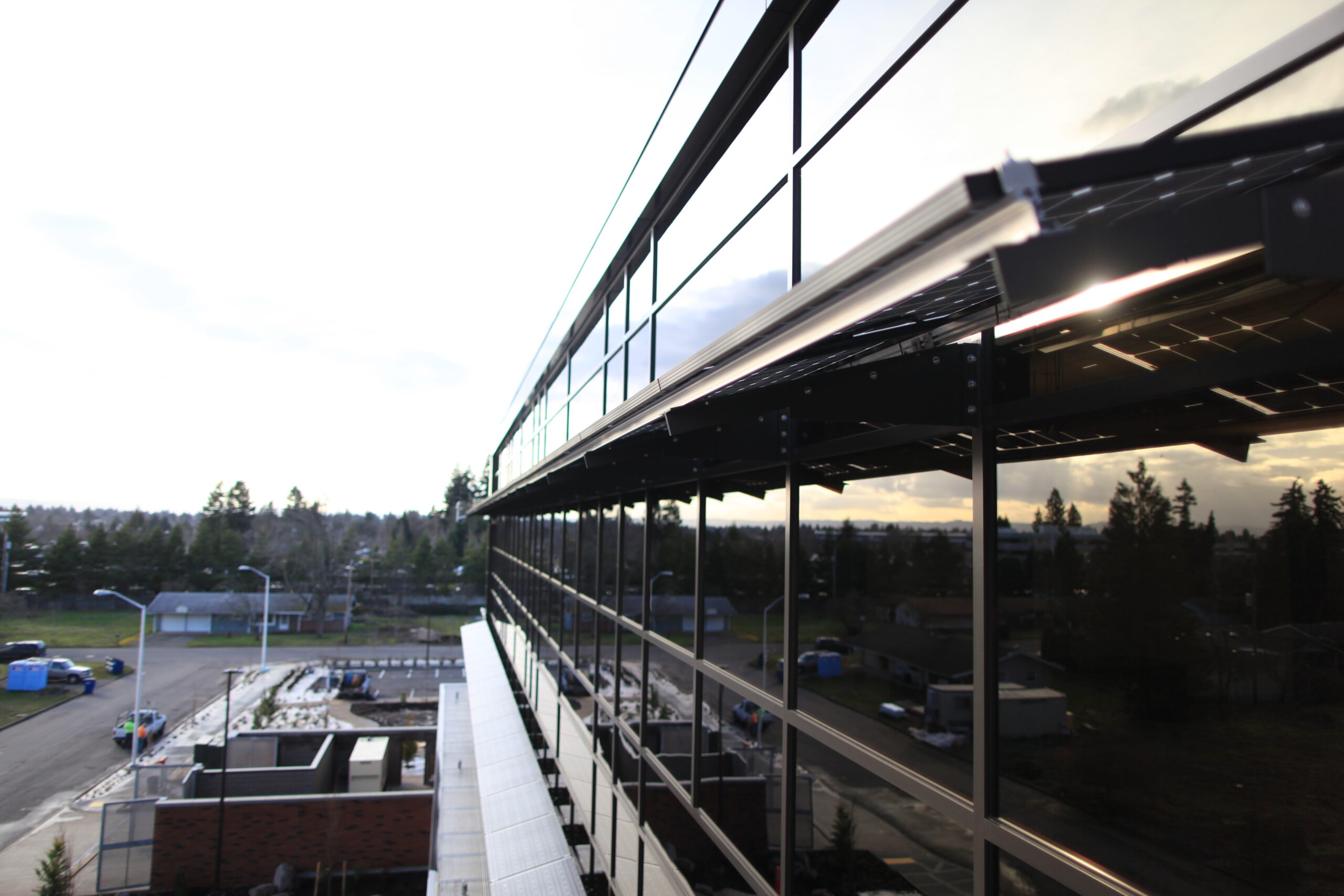
Commercial Programs Reminders and Updates
Have you considered replacing HVAC equipment or improving the shell of your building? If so, Clark Public Utilities can help support your project with energy efficiency incentives. The current incentives (as of October 1st, 2025) are as follows:
Commercial HVAC Measures:
Advanced Roof-top Unit – $250/ton
Advanced Roof-top Unit (lite) – $120/ton
Ductless Heat Pump Upgrade – $300/ton
Ductless Heat Pump Retrofit – $1,000/ton
Air Source Heat Pump Upgrade – $150/ton
Air Source Heat Pump Retrofit – $1,000/ton
Connected Thermostat (initial install only) – $150-$300/unit
Variable Refrigerant Flow System – $500/unit
Variable Frequency Drive on AHU – $500/hp
Packaged Terminal Heat Pump Retrofit – $150/unit
Consumer HPWH in Commercial Space – $1,600-$2,200/unit
Commercial Shell Measures:
Commercial Windows U-value ≤ 0.30 – $9/sq. ft.
Commercial Attic/Roof Insulation R-5 to R-19+ – $1.80/sq. ft.
Commercial Wall Insulation R-5 to R-11 – $0.80/sq. ft.
Commercial Wall Insulation R-5 to R-19 – $1.10/sq. ft.
*All prescriptive incentives cap at 70% of project cost.
Commercial Custom Incentives:
For projects that save energy but don’t meet the requirements of our prescriptive programs, Clark Public Utilities can offer custom energy efficiency incentives.
For eligible projects approved and coordinated by Clark Public Utilities, incentives include $0.33 per kWh saved up to 70% of cost for retrofit projects and $0.35 per kWh saved up to 70% of incremental cost for new construction projects.
If you have any questions about Commercial incentives, please feel free to contact Bill Hibbs by email at [email protected] or by phone at 360-992-3340.

Incentives and Design Assistance Available for Commercial New Construction
Clark Public Utilities has partnered with Willdan to offer complimentary whole building design assistance modeling and financial incentives to offset the cost of implementing energy-efficient strategies for new construction.
Their team of energy specialists align to your project goals and customize energy efficiency options to maximize energy savings and incentives.
For more information on eligibility, participation benefits and steps to participation, visit our Energy Design Assistance webpage.
If you are ready to get started, contact Willdan by phone at 206-216-3405, email [email protected] or complete the Online Interest Form.
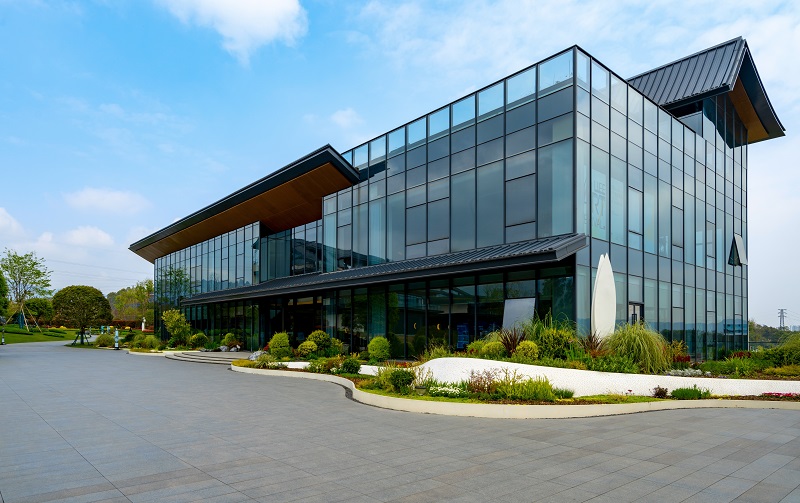
Washington Clean Buildings Law
What is Washington Clean Buildings law?
In 2019 the Clean Buildings bill was signed into law, expanded in 2022, and augmented in 2023. The objective is to lower costs and pollution from fossil fuel consumption in the state’s existing covered buildings, multifamily buildings, and campus district energy systems. The law also divides compliance between Tier 1 and Tier 2 buildings.
This standard is mandatory for all Tier 1 and Tier 2 buildings located in Washington State. (Federal buildings and buildings owned by federally recognized tribes are not required to comply with the standard.) As of July 2025, Washington State Department of Commerce sent notifications to Tier 2 buildings. Tier 1 buildings have all been previously notified.
If you have questions about being notified or think you were notified in error, please contact Department of Commerce at 360-725-3105 or visit their webpage and fill out a customer support form.
For more information about Washington Clean Buildings Law including the difference between Tier I and Tier II, compliance deadlines and additional resource links, please visit our Washington Clean Buildings Law webpage.
How do I comply and how can Clark Public Utilities help?
We can help you crunch the numbers and identify cost-effective ways to cut energy use and lower your monthly costs through a variety of Clark Public Utilities Business Energy Efficiency Programs.
You are also able to establish a connection and share your property/meter data directly with Clark Public Utilities through ENERGY STAR® Portfolio Manager® (ESPM). This program will help you save time and resources by authorizing Clark Public Utilities to automatically upload the last 12 months of your building’s energy and water (if applicable) consumption along with cost data into your Portfolio Manager account.
The Smart Buildings Center’s Clean Buildings Performance Standard Technical Assistance provides support, resources, and trainings to assist building owners in reaching compliance with the Clean Buildings Performance Standard. The service is being sponsored and made possible by the Washington State Department of Commerce and participating utilities.
Strategic Energy Management (SEM) for commercial buildings helps you integrate energy management practices into your business. Going beyond simple point-in-time equipment upgrades, the Program focuses on continuous facility improvements in the form of no–and low-cost operations and maintenance improvements to your building or buildings.
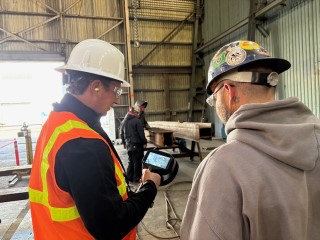
Lending Library
Are you inquisitive about how energy is used in your business? Clark Public Utilities Lending Library is available for customers to borrow a selection of datalogging and measurement instruments that can help you identify energy efficiency opportunities.
Instruments including clamp-on AC loggers, compressed air leak detectors, infrared cameras, and temperature loggers can help investigate sources of energy waste and efficiency upgrade opportunities. Visit our Lending Library webpage to learn more about available items and how to borrow them.
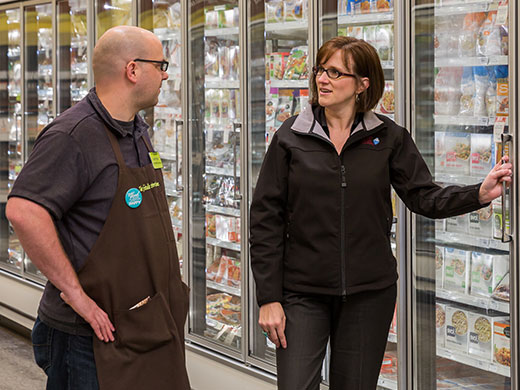
On-Site Energy Assessments
Many business owners or facilities managers are interested in improving the energy efficiency of their buildings, but do not know how to identify potential energy savings or prioritize opportunities for investment. We can help!
Your Account Manager can complete a free, on-site walk-through of your facility with your staff. Customers have found the recommendations to improve energy efficiency and reduce operating costs impactful to their bottom line and helpful identifying operational efficiencies.
We offer this service to businesses of all sizes, from large manufacturing facilities to office buildings to the favorite neighborhood coffee shop. Contact your Account Manager to schedule a visit. If you’re not sure who that might be, call us at 360-992-3355 to schedule this free service.


Upcoming Trainings
Clark Public Utilities is a proud sponsor of the 2025 Building Operation Certification program technical webinar series. As a sponsor of the technical webinar series, Clark Public Utilities can offer customers complimentary registrations to the webinars and access to webinar recordings for sessions that have already been offered. If you are interested, please contact your Account Manager for more information.
The 2025 sessions are as follows:
Upcoming Live Webinars
Building Walkthrough – Finding Energy Waste – October 15, 2025
This webinar will provide a guide for conducting a building walkthrough, aimed at identifying inefficiencies in building systems and the building envelope. The session will also cover proven strategies and practical solutions to improve overall building performance, reduce energy consumption, and lower operating costs. By incorporating real-world examples, this webinar will equip attendees with actionable knowledge to assess their facilities effectively and implement energy-saving measures.
Recorded and Past Webinars
Developing a Decarbonization Plan for Your Building (recorded 2/19/2025)
This webinar will highlight actionable insights from case studies examining how various owners are decarbonizing their buildings. A high-level overview of the applied strategies will encourage attendees to think about how similar measures could be leveraged in their facilities to develop a successful decarbonization plan.
Smart Pumps, Motors & Drives (recorded 03/19/2025)
More than just a drive, smart pumps feature advanced software and integrated, performance-mapped controls that operate the pump at peak efficiency without requiring pressure sensors in the system. On multi-pump systems, the software will run the most efficient combination of pumps to meet the load. And since the controls are built directly onto the pump, installation costs are lower than those of a wall-mounted drive. Join this webinar to learn more about how smart pumps can benefit your building.
Artificial Intelligence and the Future of Building Controls & Security (recorded 4/16/2025)
Artificial Intelligence (AI) is transforming building automation systems (BAS) and smart buildings by enhancing efficiency, security, and occupant comfort. This webinar will explore some of the potential benefits, challenges, and technical considerations for utilizing AI in BAS.
Retrofitting Fossil Fuel-Based Equipment with Heat Pumps (held 5/21/2025)
The electrification of fossil fuel-based heating systems will play a significant role in building decarbonization efforts. This webinar will showcase a case study example of a facility that retrofitted their fossil fuel-based equipment with heat pumps and discuss the resulting benefits.
Strategies to Help Reduce Peak Energy Use (held 9/17/2025)
Reducing a facility’s peak energy use can provide significant savings, especially during peak demand events when electricity prices may be higher. This webinar will explore key strategies to help identify and address peak energy usage, including practical tools, technologies, and real-world examples. Attendees will gain insights into energy management best practices, cost-reduction opportunities, and how to implement effective peak demand solutions tailored to their facility’s unique needs.
Building Operator Certification will also be presenting a Fundamentals of Energy Efficient Building Operations six week, instructor-led online course. Businesses served by Clark Public Utilities can enroll in this series at a discounted rate. Click for the November Course Information. Please note, the registration deadline for this course is October 17th, 2025.
